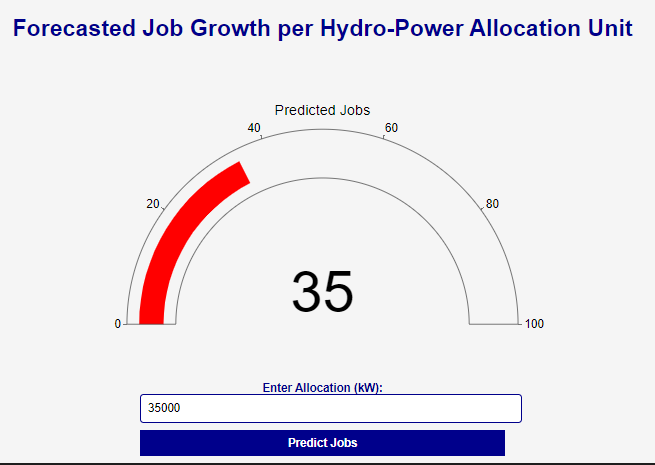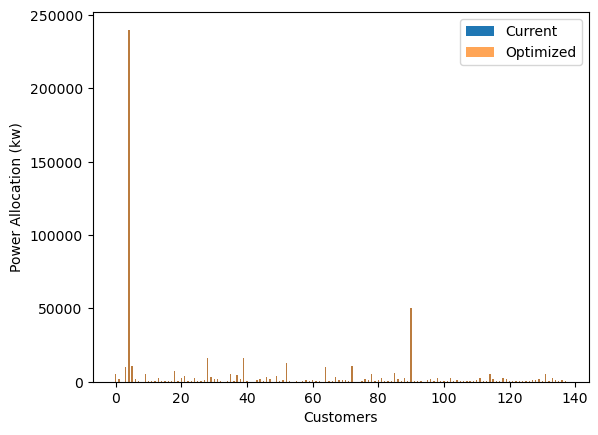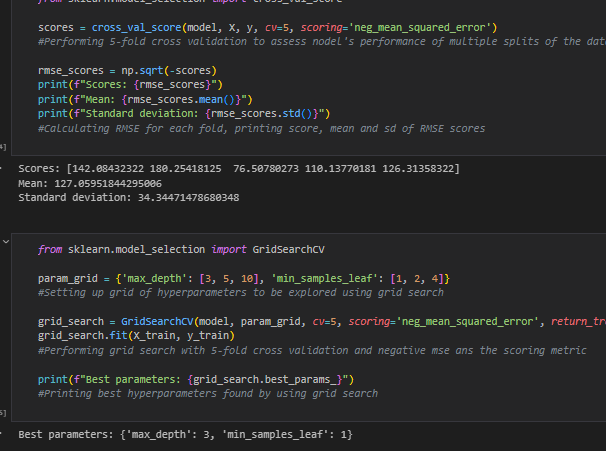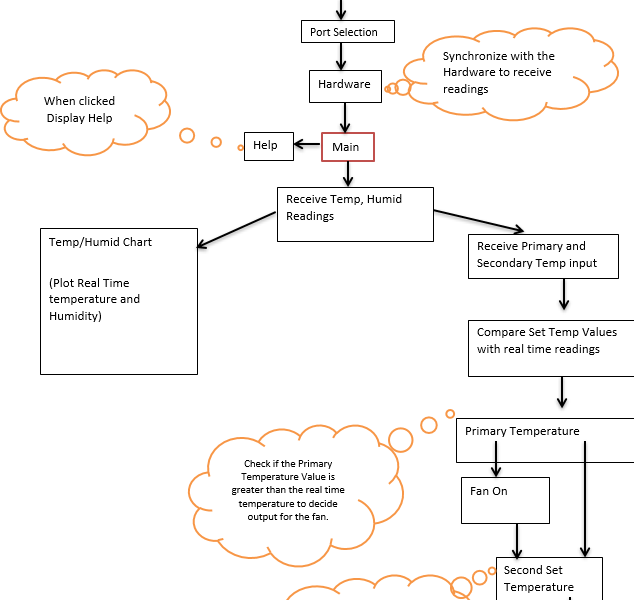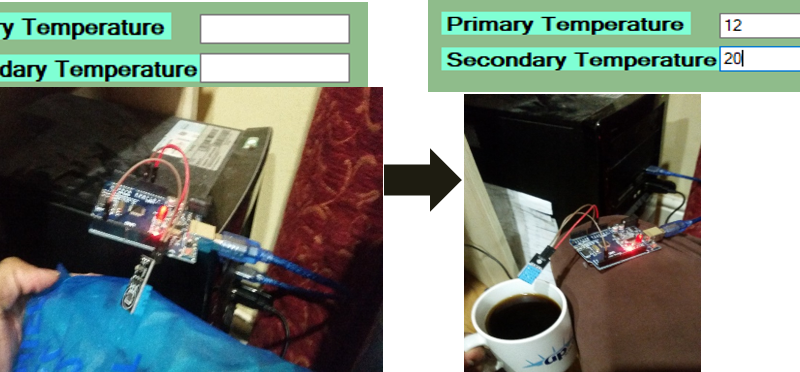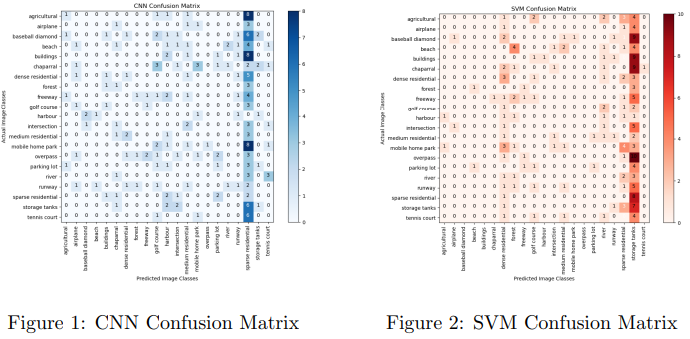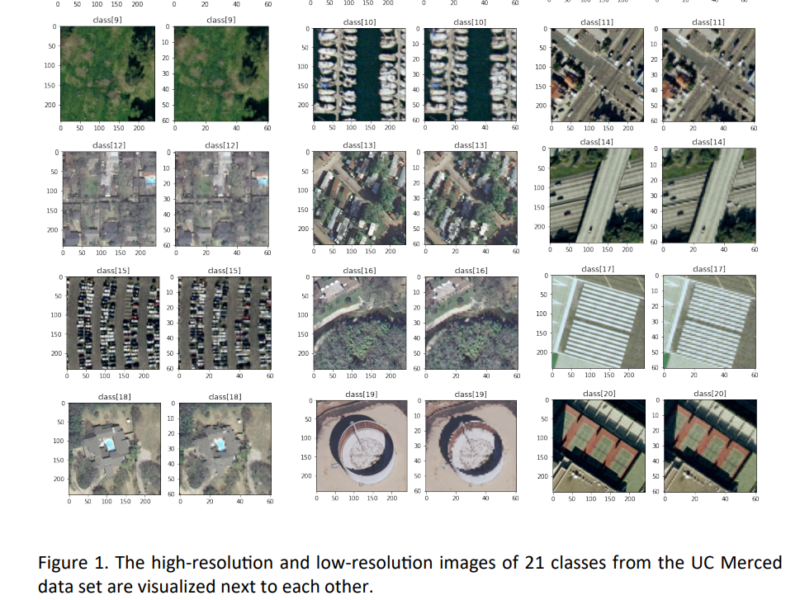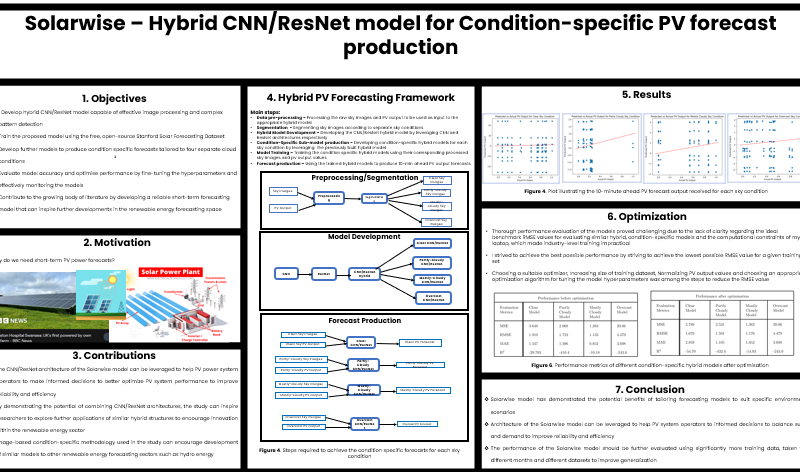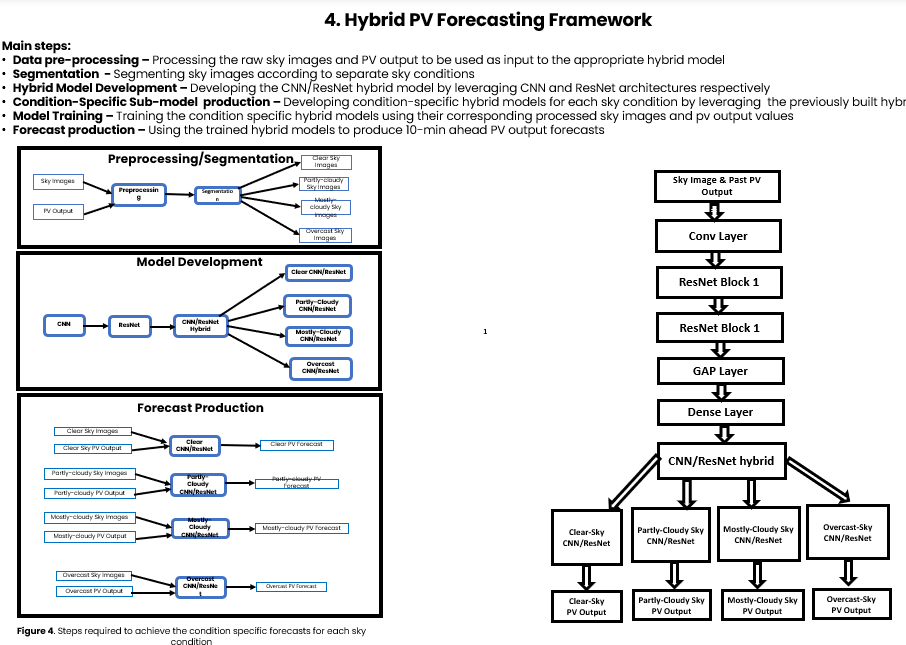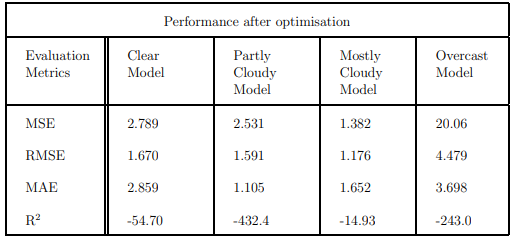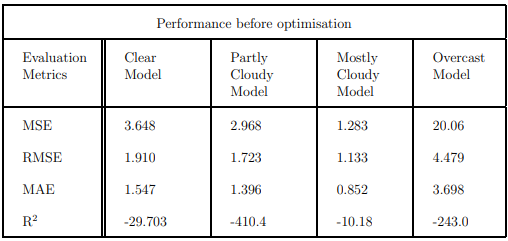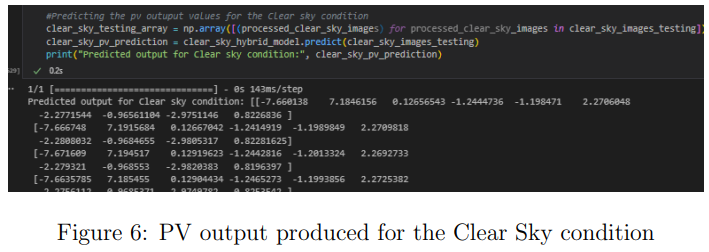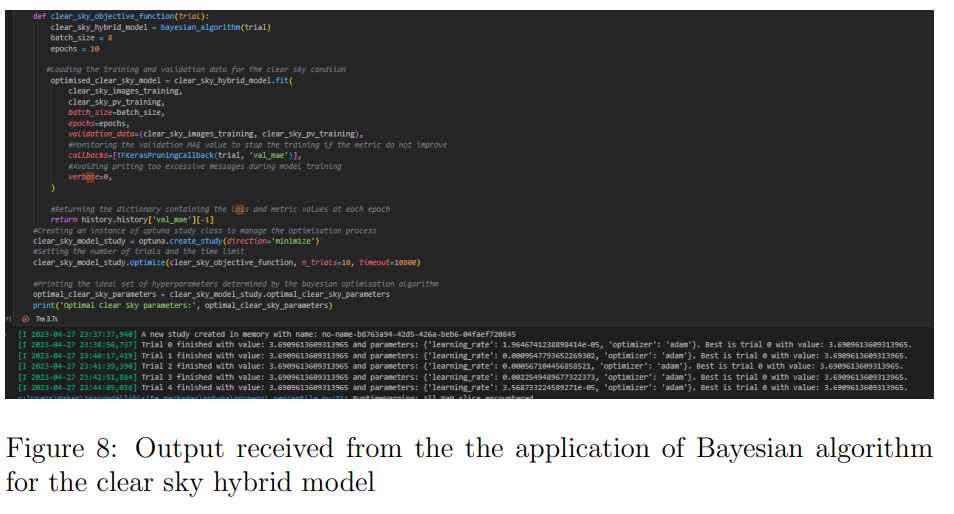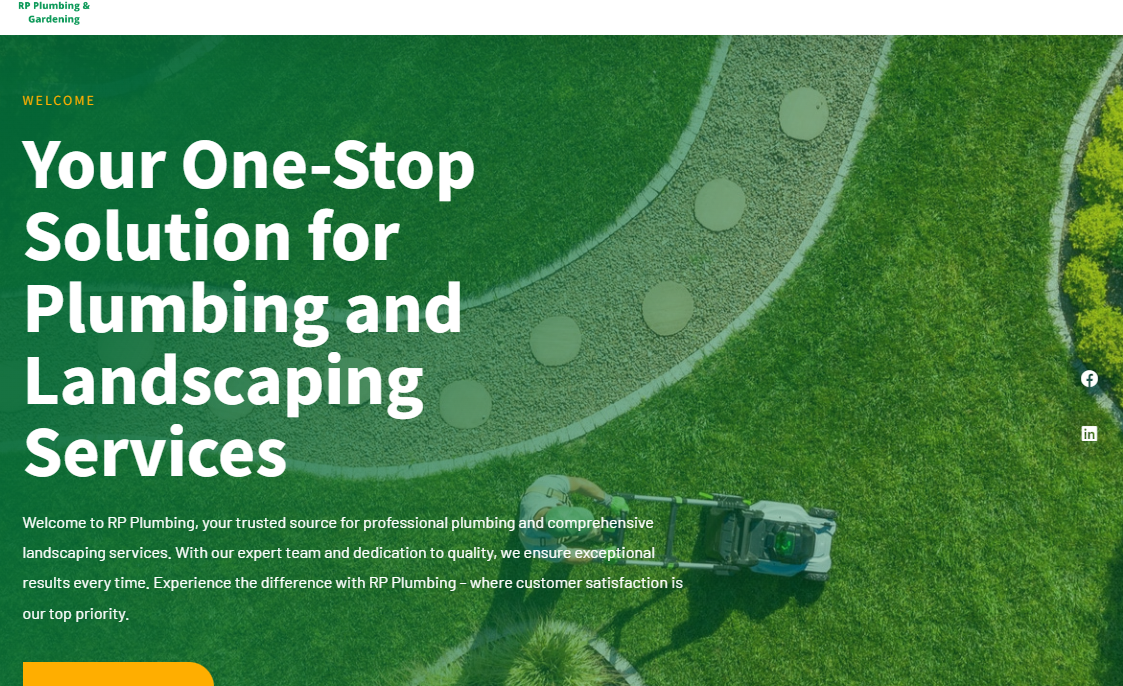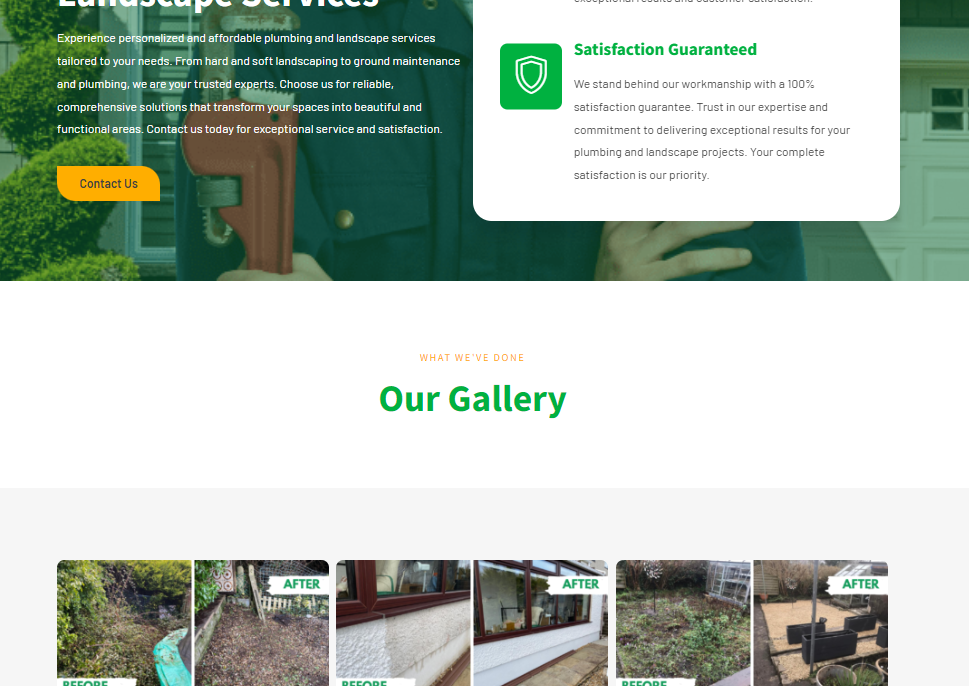Projects
- Home
- Projects Archive - Page 2 of 2 - Chamith Gimhana
Objective: To build a tool that helps energy planners understand how different hydro-power allocation decisions could affect job creation. The goal was to use data—not just assumptions—to support smarter policy and resource planning.
Methodology:
- Model Development: I trained a decision tree regression model to predict the number of jobs generated based on power allocation levels across regions. This allowed for more targeted and outcome-driven energy planning.
- Dashboard Build: To make the insights accessible, I created an interactive dashboard that let users input different allocation values and instantly see the projected impact on job creation.
- Data Focus: The project leaned on publicly available economic and energy datasets to tie power distribution directly to employment projections.
Key Outcomes:
- Predictive Insights: The model produced clear forecasts of job growth potential based on how hydro resources were distributed—helpful for planning both energy output and economic development.
- Visual Clarity: The dashboard turned raw data into something usable and decision-friendly, especially for non-technical stakeholders.
- Scalable Framework: While built around hydro-power, the same approach could be adapted to other resource allocation challenges—like budgeting, healthcare access, or education.
- Contribution & Future Scope: This project showed how machine learning can translate technical data into actionable insights for public good. It was a hands-on exercise in combining predictive modeling with human-centered design to support smarter, more transparent decisions. Future iterations could expand to include multi-resource tradeoffs or deeper regional modeling.
Explore More: Visit the project repository on GitHub for detailed insights: Hydro-Power Allocation and Economic Impact Analysis on GitHub
Temperature Monitoring System
Objective: This project was inspired by time I spent in Sri Lanka, where I saw firsthand how factory workers often dealt with poor ventilation and extreme temperature swings caused by heavy machinery. I wanted to create a simple, affordable system that could help stabilize indoor conditions and improve day-to-day comfort on the factory floor.
Methodology:
Problem Focus: Build a simple, low-cost temperature monitoring and control system to help maintain a more comfortable environment for workers and improve overall productivity.
Hardware & Software: Used temperature and humidity sensors alongside a desktop application with a graphical user interface (GUI) to track real-time conditions and trigger alerts.
Programming & Visualization: Sensor data was visualized through live graphs showing trends throughout the day. A divide-and-conquer programming approach made the system modular and easy to maintain.
Solution Design: Proposed a basic feedback loop that used the sensor data to regulate environmental conditions automatically — with potential to activate fans or alerts based on set thresholds.
Key Outcomes:
- Energy-Smart Design: The system can maintain optimal working temperatures across different shifts while reducing unnecessary cooling — saving energy and costs.
- Worker Comfort & Focus: More stable conditions meant fewer productivity dips due to heat spikes, which workers reported positively during testing.
- Live Monitoring & Alerts: Management could monitor readings from a single dashboard, set custom thresholds, and receive alerts to take action — no guesswork involved.
- Contribution & Future Scope: This project can be scaled to support remote monitoring and more advanced automation. It’s a cost-effective blueprint for factories in similar climates looking to improve work conditions without large capital investments.
Explore More: Visit the project on GitHub for a comprehensive understanding of its development and functionality: Temperature Monitoring System
Land Cover Insights: SVM vs. CNN
Objective: To Build a machine learning system to classify land cover types (like urban, forest, farmland, etc.) from satellite imagery using a combination of supervised and unsupervised learning models..
Key Components:
- Dataset: Used the UC Merced Land Use Dataset — 2,100 images across 21 land use categories. These included both high- and low-resolution RGB images.
- Methodology:
- Data Handling: Split images into 80% training, 10% validation, and 10% testing sets..
- Feature Extraction : Focused on Histogram of Oriented Gradients (HOG) to capture shape and texture data.
- Algorithms Used: Applied a range of models — K-Means, Gaussian Mixture Models, Support Vector Machines (SVM), and Neural Networks.
- Model Evaluation: Used confusion matrices and accuracy metrics to assess each model’s performance.
Key Outcomes:
- Strong Classification Performance: Best results came from the SVM model paired with HOG features.
- Pattern Discovery: Revealed useful land use patterns that could inform urban planning or environmental studies.
- Transferable Techniques: Demonstrated how simple feature extraction + ML can be applied to problems like crop detection or mapping urban expansion.
Explore More: For a detailed exploration of the project’s methodology and findings, visit the GitHub repository: Land Cover Detection Project.
Solarwise Hybrid Solar Forecasting Model
Objective: Improve the accuracy of short-term solar energy (PV) forecasts by predicting how different cloud conditions affect output — helping solar operators better manage grid integration..
Methodology:
Hybrid CNN/ResNet Model: Trained a hybrid neural network that combined image analysis (CNN) with time-sensitive data modeling (ResNet) to predict solar output based on sky condition images.
Condition-Specific Forecasting: Built separate sub-models to handle four distinct weather types — clear, partly cloudy, mostly cloudy, and overcast. varying sky conditions.
Data & Training: Used 600 labeled sky images from Stanford’s dataset. The model was trained to make 10-minute-ahead PV output forecasts.
Key Outcomes:
Achieved Root Mean Squared Error (RMSE) values as follows: Clear (1.91), Partly-cloudy (1.72), Mostly-cloudy (1.13), and Overcast (4.48). The model excelled with mostly-cloudy conditions but faced challenges with overcast scenarios, likely due to the unpredictability of dense cloud cover.
Contribution & Future Scope: This hybrid approach could help solar operators better plan energy usage under changing weather conditions. With added meteorological inputs (like wind speed or humidity), the model could evolve into a real-time forecasting tool with broader applications in smart grid systems.
Explore More: For a detailed overview of the project’s development and methodology, visit the GitHub repository: Solarwise Project on GitHub
RP Plumbing & Gardening
Client: A local landscaping and plumbing business based in Swansea, Wales. They wanted to move beyond word-of-mouth and build a steady flow of new clients online.
Objective: Help move their business online and create a repeatable, automated lead generation system that could help them stand out in a crowded local market and support long-term growth.
Deliverables:
- Website & Chatbot setup: Built a clean, high-converting website with an integrated lead form and chatbot to answer questions, handle inquiries, bookings, and basic questions.
- Smart Business Cards: Designed scannable business cards linking directly to the booking page— making it easy for existing customers to refer friends and for offline leads to convert online.
- Social Presence: Set up and managed their social pages, using automated content scheduling so they stayed active without extra effort from the client.
- Lead Follow Up: Connected everything to a CRM that sent automated follow-ups via SMS and email. The owner received a text every time a form was filled out — no more chasing cold leads manually.
Impact: Within six weeks, they saw a 40% increase in inquiries, most of it coming from Facebook traffic. Robert (the owner) was able to spend more time on actual jobs while the system brought in consistent leads in the background.


